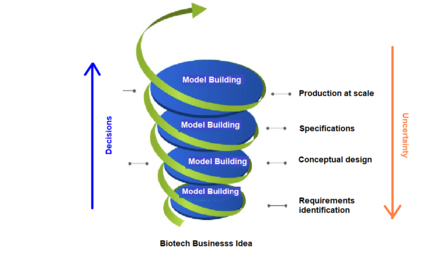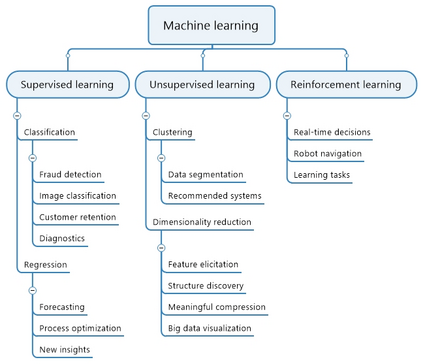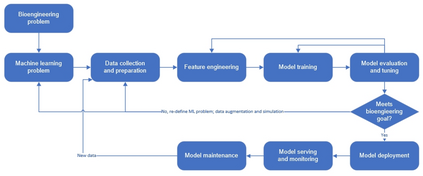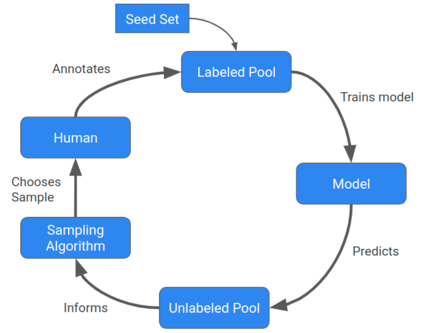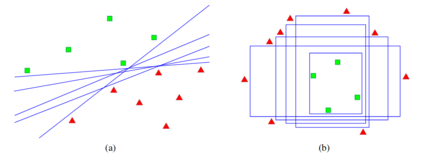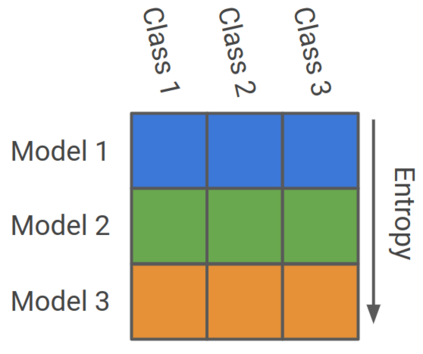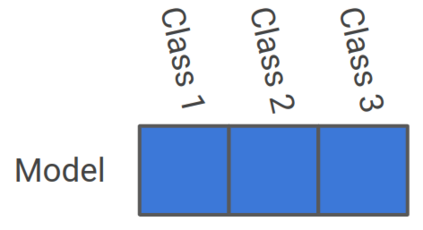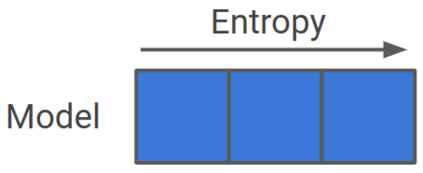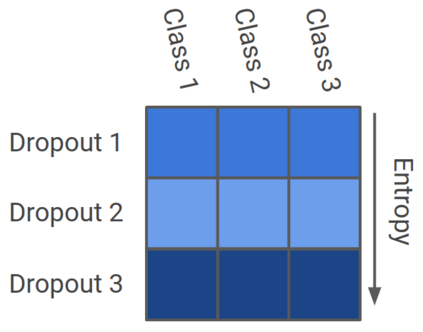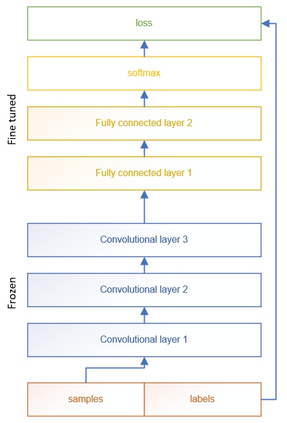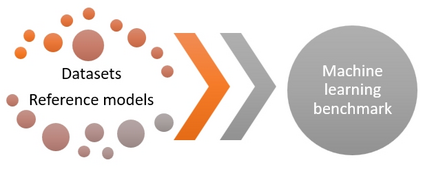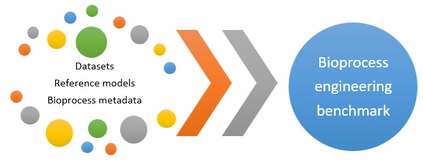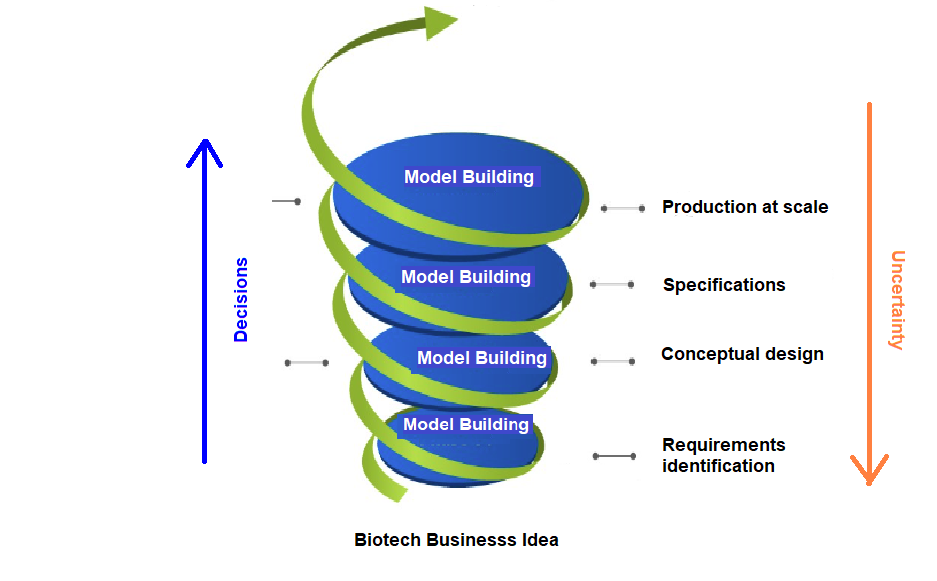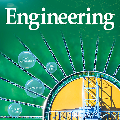Machine learning (ML) has significantly contributed to the development of bioprocess engineering, but its application is still limited, hampering the enormous potential for bioprocess automation. ML for model building automation can be seen as a way of introducing another level of abstraction to focus expert humans in the most cognitive tasks of bioprocess development. First, probabilistic programming is used for the autonomous building of predictive models. Second, machine learning automatically assesses alternative decisions by planning experiments to test hypotheses and conducting investigations to gather informative data that focus on model selection based on the uncertainty of model predictions. This review provides a comprehensive overview of ML-based automation in bioprocess development. On the one hand, the biotech and bioengineering community should be aware of the potential and, most importantly, the limitation of existing ML solutions for their application in biotechnology and biopharma. On the other hand, it is essential to identify the missing links to enable the easy implementation of ML and Artificial Intelligence (AI) solutions in valuable solutions for the bio-community. We summarize recent ML implementation across several important subfields of bioprocess systems and raise two crucial challenges remaining the bottleneck of bioprocess automation and reducing uncertainty in biotechnology development. There is no one-fits-all procedure; however, this review should help identify the potential automation combining biotechnology and ML domains.
翻译:机械学习(ML)极大地促进了生物工艺工程的发展,但其应用仍然有限,妨碍了生物工艺自动化的巨大潜力。建模自动化的ML可被视为一种引进另一种程度的抽象方法,将专家人集中到生物工艺发展的最认知任务中。第一,将概率性编程用于自动建立预测模型。第二,机器学习通过规划实验自动评估替代决定,以测试假设和开展调查,以收集以模型预测的不确定性为基础的模型选择为重点的信息数据。本审查全面概述了生物工艺开发中以ML为基础的自动化。一方面,生物技术和生物工程界应认识到现有ML解决方案的潜力,最重要的是,这些解决方案在生物技术和生物工艺开发中应用的局限性。另一方面,必须查明缺失的环节,以便能够在生物社区的宝贵解决方案中方便地执行ML和人工智能(AI)解决方案。我们总结了最近在生物工艺系统若干重要的子领域执行ML的情况,并提出了两项关键的挑战。一方面,生物技术界应意识到现有ML解决方案在生物技术和生物工艺开发中的潜力,但是,BI-B-I-I-I-I-I-I-I-I-I-Ic-I-I-I-I-I-I-I-I-I-I-I-I-I-I-I-I-I-I-I-I-I-I-I-I-I-I-I-I-I-I-I-I-I-I-I-I-I-I-I-I-I-I-I-I-I-I-I-I-I-I-I-I-I-I-I-I-I-I-I-I-I-I-I-I-I-I-I-I-I-I-I-I-I-I-I-I-I-I-I-I-I-I-I-I-I-I-I-I-I-I-I-I-I-I-I-I-I-I-I-I-I-I-I-I-I-I-I-I-I-I-I-I-I-I-I-I-I-I-I-I-I-I-I-I-I-I-I-I-I-I-I-I-I-I-I

